







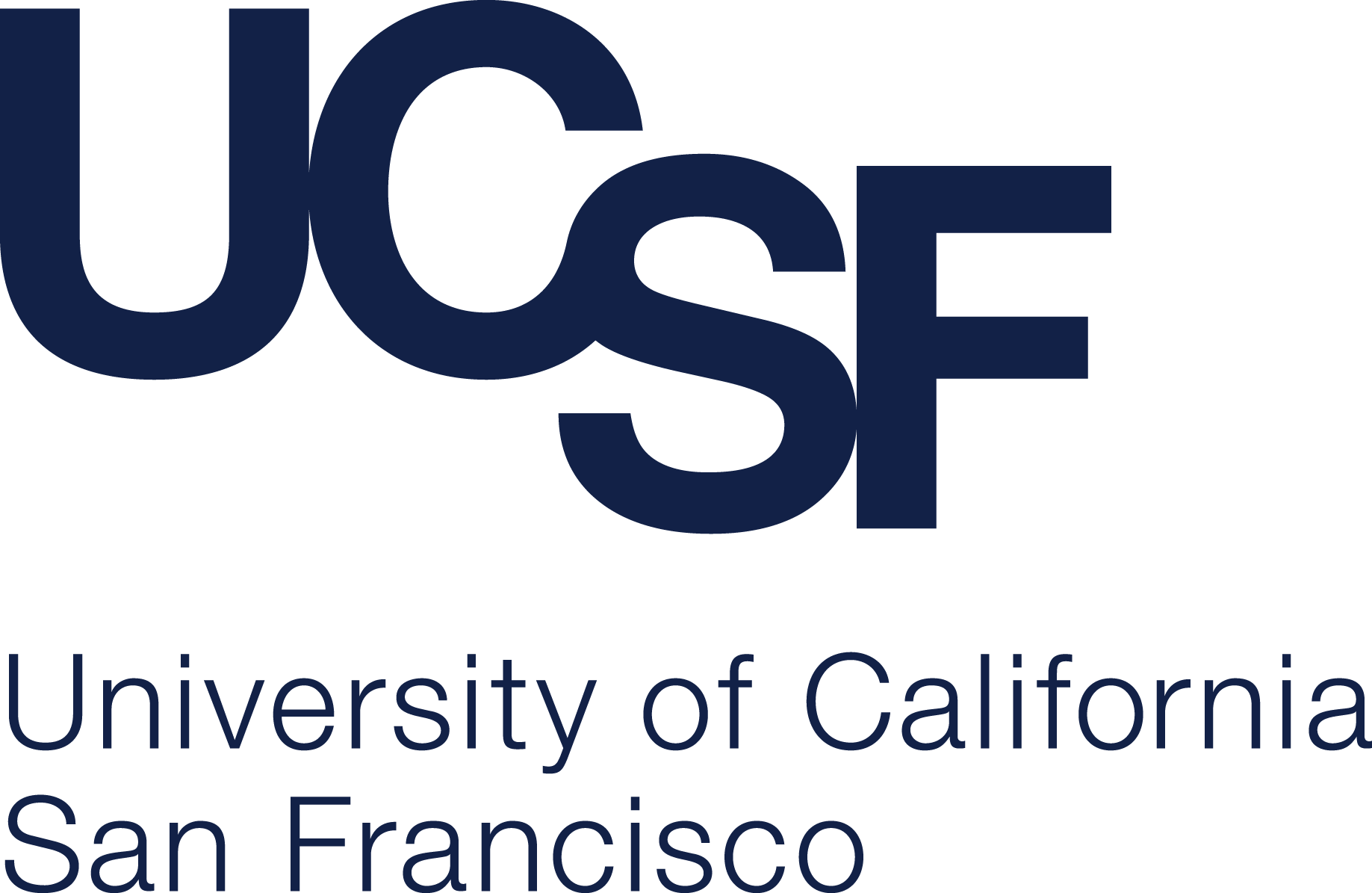














Study population: general population of the Netherlands (20-80 years old)
Sample: unstimulated and pathogen-stimulated PBMCs
Our group studies the mechanisms and pathways through which pathogenic variants cause disease by correlating genetic variation with molecular data
(such as gene expression, methylation, and histone modifications) in thousands of individuals. Single-cell RNA-seq data now gives us the opportunity
to identify personalized effects on gene regulatory networks and pinpoint disease-relevant cell types.
Our group studies the mechanisms and pathways through which pathogenic variants cause disease by correlating genetic variation with molecular data
(such as gene expression, methylation, and histone modifications) in thousands of individuals. Single-cell RNA-seq data now gives us the opportunity
to identify personalized effects on gene regulatory networks and pinpoint disease-relevant cell types.

Study population: West African children from Burkina Faso (2-10 years old)
Sample: PBMCs, before and after Plasmodium infection
The overarching goal of our group is to understand how genomes and environment interact moving from the architecture of the genome itself to protein function
and transitioning through the complex modes of epigenetic and gene expression regulation. We are particularly interested in studying these effects in vivo and
focus on metabolic traits and immune response to malaria infection.

Study population: patients presenting with first ST-elevation myocardial infarction (STEMI) (40 – 80 years old)
Sample: PBMCs from STEMI patients
Our group aims to study the role of PBMCs in STEMI patients. Ultimately, this could lead to new disease concepts, novel therapeutic prospects and more
patient-tailored therapy.

Study population: OneK1k: healthy aged population of Australians of N European descent (60-80 years old)
Sample: unstimulated PBMCs, genotypes, e-medical record
Our group focuses on demonstrating the genomic mechanisms by which loci contribute to complex human diseases, and working towards early stage diagnosis methods and targeted therapeutics. To do so, we apply existing computational approaches, and develop our own statistical genetics methods for analysis of large-scale next generation sequencing data. Following in silico experiments, we perform functional validation of statistical observations using molecular techniques such as high-throughput genome editing and cell phenotyping.
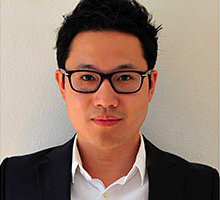
Study population: Female of mostly European descent
Sample: PBMCs from lupus patients and healthy controls
We are interested in how genetics and environment interact to affect molecular phenotypes. The general strategy is to couple high-throughput sequencing with
population genetics to measure and model cellular response to environmental challenges across large patient cohorts. The lab develops experimental approaches
that enable the collection of functional genomic data en masse and computational methods that translate the data into biological insights. The initial focus
is to study human immune cells in healthy and diseased patients to understand host pathogen interactions and its role in autoimmunity.

Study population: Individuals with chronic respiratory disease (asthma, COPD), and matched healthy controls
Sample: FACS-purified CD4 T cells from peripheral blood and matched airway wall biopsies
Our group focuses on understanding genetic mechanisms governing the immunological and (structural) cell biological alterations in airway wall that contribute to susceptibility for chronic respiratory disease. We aim to elucidate individual pathways leading to the inception, chronicity and exacerbations of asthma and COPD, paving the way for personalized diagnosis and treatment of disease.
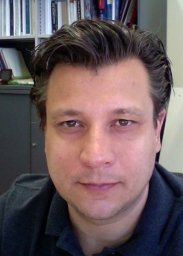
Our group has a strong interest in population genomics and genetics of complex traits. We are using various methodologies to understand the role of genetic variation in phenotypic variation. We also aim to understand what fraction of genetic variation is harbored within functional elements of the human genome, and develop methodologies for their efficient identification.

Study population: general European populations
Sample: Immune cells from healthy individuals stimulated with generic stimuli and blood samples from patients with autoimmune diseases.
Our group combines immunologic and genomic assays to study the human immune system with a goal to map genetic variants to functional cellular effects.
To refine and interpret the association signals to causal variants we develop statistical methods that integrate disease associated variants with functional
genomic data such as chromatin markers, gene expression and gene pathways. Our goal is to translate association signals to meaningful insight into disease
biology by identifying relevant cell types, and by pointing to functional variants and altered disease pathways.

Study population: healthy Asian individuals from various ethnic groups.
Sample: unstimulated PBMCs, 5’-end scRNA-seq data
The primary interest of our group is to understand the functions of non-coding transcription from human genome, with a focus on their roles in diseases.
We are particularly interested in the potential roles of long non-coding RNAs and enhancers RNAs at disease risk loci. Integrating cell type-specific
expression information with genetic information to identify functional long non-coding RNAs and enhancers RNAs is one of our major goals. By applying
5’end based single-cell profiling methods to measure enhancer/promoter activity at the single cell level across a wide range of cell types, we aim to
ultimately construct enhancer/promoter co-expression networks from these single cell data that allow us to interpret (non-coding) disease risk loci.
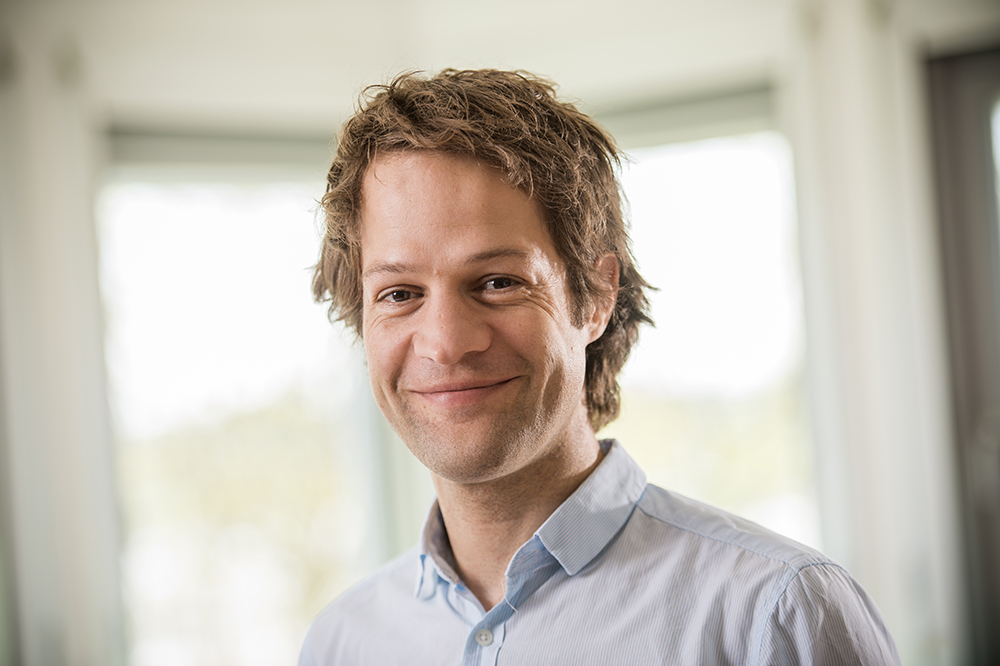
The aim of our research is to develop and apply machine learning methods for solving complex biological problems. We focus on data-driven modelling of single-cell data, in particular scRNA-seq. This includes manifold and cell lineage learning using probabilistic learning methods and neural networks as well as setting up tools to enable a wider community. At the same time, we continue to apply and develop systems biology models to gain insight into the role and dynamics of specific variables in these high-dimensional data. We collaborate with multiple experimental groups with applications from stem cell biology, cell differentiation to disease modeling.
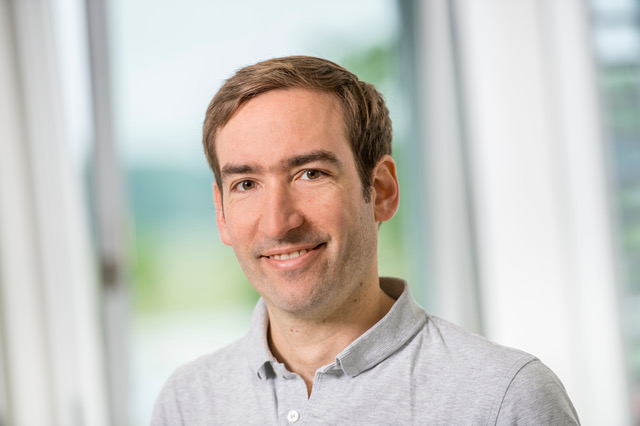
The aim of our research is the development and application of computational and statistical tools for the identification of molecular regulatory networks underlying common diseases and the genetic and epigenetic mechanisms controlling these networks from population level DNA and multi-omics data sets.

Our research focuses on developing computational methods to address biological questions in neuroscience and immunology. We combine machine learning, statistics and visualization methods to analyze single cell data (mass cytometry and scRNA-seq). In particular, we are interested in spatio-temporal data analysis, multi-omics data integration, and gene regulatory networks. We aim to use these approaches to study the diversity of neuronal and immune cells as well as alterations in specific cell populations due to disease.